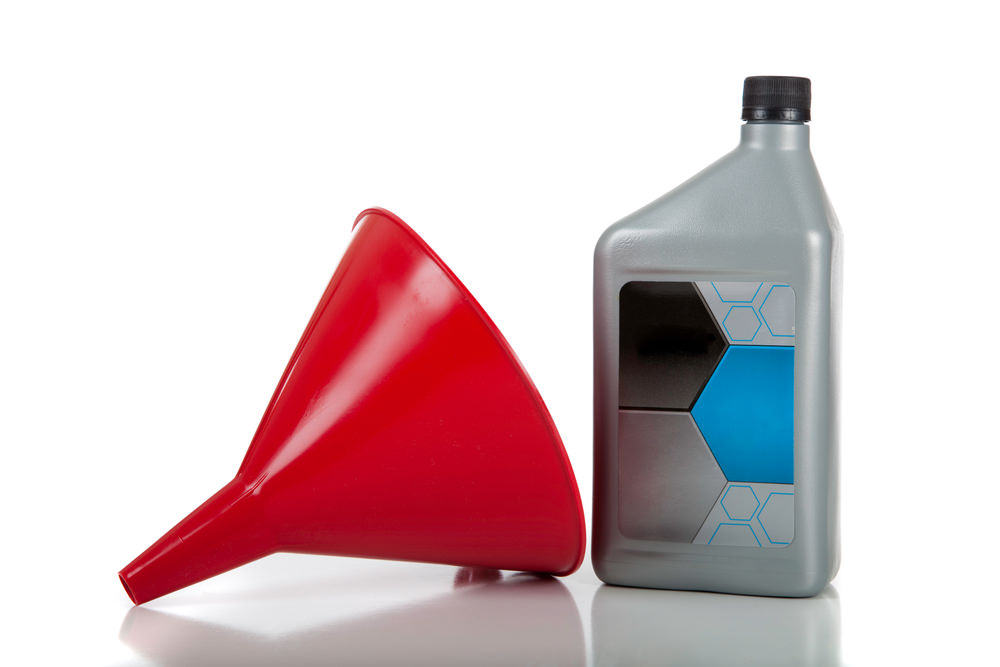Blog

How Much Oil Does My Car Take?
Engine oil represents the lifeblood of an engine. It greases up fundamental motor parts, which diminishes warm development in the motor due to the decrease in grinding between parts. A few vehicles have an oil cooler or other engine frameworks intended to enable further lessen to warm. Engine oil additionally helps clean stores and different contaminants from motor parts.
Replacing oil in a vehicle as per the upkeep plan extraordinarily diminishes mileage on the engine, as oil will in general lose its consistency after some time, reducing its overall effectiveness as a lubricant. Distinctive engines require diverse amounts of oil.
How engine size influences the measure of oil utilized
Most engines require anyplace between 5 to 8 quarts of oil, contingent upon the engine size. The littler the engine, the less oil required to fill the volume of the engine.
A 4-cylinder engine usually requires around 5 quarts of oil.
A 6-cylinder engine uses roughly 6 quarts.
An 8-cylinder engine uses anywhere between 5 to 8 quarts, depending on the size of the engine.
This amount also varies depending on whether you have the mechanic replace the oil filter when performing an oil change.
A few assets accessible to help vehicle owners discover the oil limit of a engine incorporate the owner's manual, where it is generally recorded under the lubrication system in the vehicle details area. Another territory to check incorporates the maker's site. Once on the Site, search for an area of the site explicitly for vehicle owners, normally found at the bottom of the page. Vehicle owners can likewise seek other online assets, for example, Fluid Capacity, which lists the oil and fluid capacities of a number of different makes and models of cars and trucks.
Picking the correct type of engine oil
While picking oil for your vehicle, remember a couple of things. The first is the thickness dimension of the oil — spoken to by a number pursued by W and after that pursued by another number. The main number represents the flow of the oil at 0 degrees Fahrenheit, the W represents winter, and the last two numbers after the W represent the consistency dimension of the oil when estimated at 212 degrees Fahrenheit. The lower the number before the W, the less demanding the engine turns over in cold weather. Read the vehicle owner's manual to find the best range of viscosity levels of oil to use.
Vehicle owners also need to choose between using a synthetic or conventional motor oil in the vehicle. Conventional oils work fine when owners get their oil changed frequently. Synthetic oils have some benefits, like containing special additives designed to help remove deposits. Duramax oil, for example, and others allow the oil to flow better at lower temperatures and maintain viscosity at higher temperatures. Another option for vehicle owners includes using a high-mileage oil for vehicles with over 75,000 miles on the odometer. High-mileage oils contain conditioners to help expand the internal engine seals and increase the flexibility of such seals.
Posted on February 2019,06 // Author: Admin